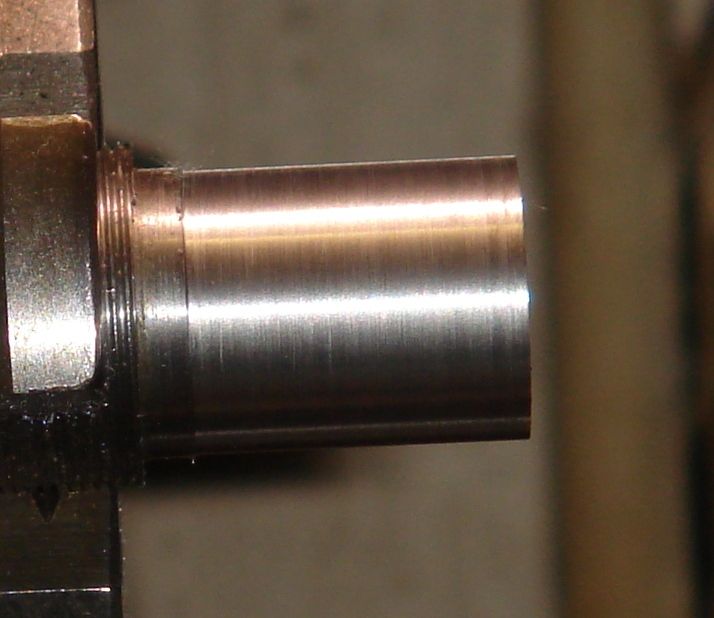Normally, it is all about 'Feeds & Speeds' Dave – but a sharp HSS tool (with a slightly rounded nose) should be able to get you a good finish at a lot less speed than you are describing. I manage to do so and none of my lathes will rotate the work that quickly!
Check your tool height and eliminate all unnecessary 'overhang'. Remember that a finishing cut is generally a light one. If the tool is sharp enough and your feed rate less than the nose radius (so you are not cutting a very fine thread), then you should get a pretty good finish. Of course, different people have different definitions of "good" – but "good" to me is that there is no need to use any secondary polishing, filing or sanding.
Some materials are more difficult than others to turn well. So try to get some leaded (e.g. free turning) material and experiment on that. The key thing to is to 'know' (e.g. believe) that it's possible to get a good finish. Once you believe that fact – then it's much easier to persevere and work out why you are not getting one. If you don't believe it's possible, then it's very tempting to just give up before you've discovered the real reason things are not working well.
In my experience, it will be something very simple causing the problem, which (with hindsight) will have been entirely avoidable. Of course hindsight is a wonderful thing after you've spent a goodly while going around in circles trying to figure it all out.
So far, you've tried "Speed" – so look at feed rate, tool height, sharpness, rigidity (work/tool extension), gib adjustments and that (maybe) it's simply very crappy material and all the other (relatively minor) things that can cause a poor finish. It may well be more than just one problem combining to cause the overall poor result. Try to methodically eliminate any possible causes.
Good luck!
Regards,
IanT
 Michael Gilligan.
Michael Gilligan.

 I'll take
I'll take I should have done the extra bit and added some links.
I should have done the extra bit and added some links.


